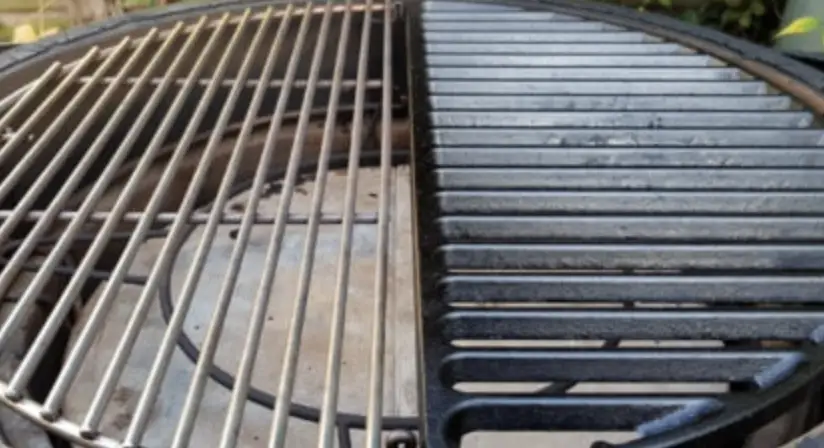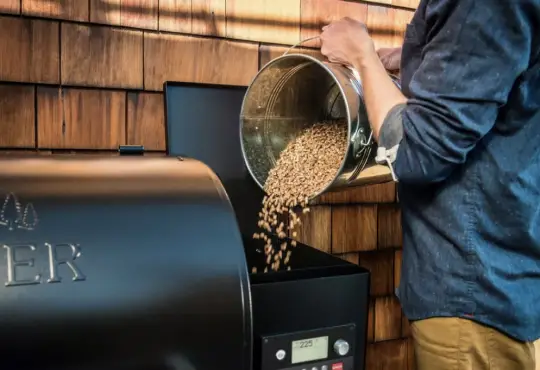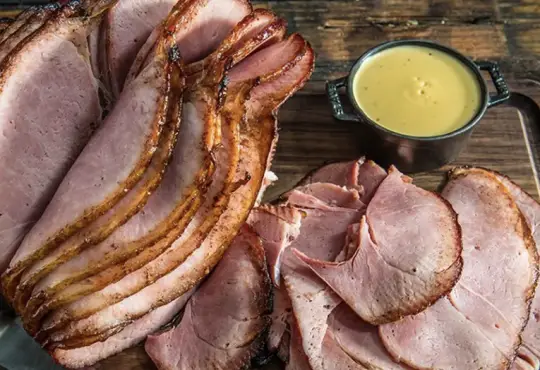
Stainless Steel vs. Porcelain Grill Grates: Making the Right Choice for Your Grilling Adventure
Grilling enthusiasts understand the joy of preparing delicious meals over an open flame. However, one critical decision that often perplexes grillmasters is choosing the right grill grates. Stainless steel and porcelain are two popular options, each with distinct characteristics that can impact the grilling experience. In this blog post, we’ll explore the differences between stainless steel and porcelain grill grates, helping you make an informed decision to elevate your grilling adventures.
Stainless Steel Grill Grates
- Durability and Longevity: Stainless steel grill grates are revered for their exceptional durability and longevity. They can withstand high temperatures without warping or rusting, making them ideal for frequent grilling sessions and extended use. Proper maintenance and occasional cleaning will ensure stainless steel grates last for years, making them a cost-effective investment for avid grillers.
- Heat Conductivity: Stainless steel grill grates have good heat conductivity, allowing them to reach high temperatures quickly and distribute heat evenly across the cooking surface. This ensures even cooking and appealing grill marks on your food.
- Maintenance and Cleaning: Maintaining stainless steel grill grates is relatively straightforward. After each grilling session, use a grill brush to scrub away residue and debris. Periodic deep cleaning with warm soapy water and a sponge can keep your stainless steel grates looking shiny and pristine.
Porcelain Grill Grates
- Non-Stick Properties: Porcelain grill grates are known for their non-stick properties, making them an excellent choice for grilling delicate or sticky foods like fish, vegetables, and fruits. The porcelain coating prevents food from sticking to the grates, making flipping and removing items from the grill effortless.
- Heat Retention: Porcelain grill grates retain heat well, providing steady and consistent cooking temperatures. This makes them suitable for grilling thicker cuts of meat that require even cooking throughout.
- Vulnerability to Chipping: One aspect to consider with porcelain grill grates is their susceptibility to chipping or cracking. Over time, exposure to high heat and frequent use can lead to small chips in the porcelain coating. This can compromise the non-stick properties and may require extra care during cleaning to avoid further damage.
Maintenance and Cleaning: To keep porcelain grill grates in pristine condition, avoid using metal grill brushes, as they can scratch the surface. Instead, opt for soft brushes or nylon pads to clean the grates gently. Regular cleaning after each grilling session will prevent residue buildup and preserve the non-stick properties.
Choosing the Right Grill Grates for You
The choice between stainless steel and porcelain grill grates ultimately depends on your grilling preferences and needs:
- Opt for stainless steel grill grates if you prioritize durability, longevity, and even heat distribution.
- Choose porcelain grill grates if you prefer non-stick properties and excellent heat retention, especially when grilling delicate foods.
In some cases, grillers may have the option of purchasing grills with interchangeable grates, allowing them to switch between stainless steel and porcelain based on the grilling task at hand.
Conclusion
Both stainless steel and porcelain grill grates offer unique benefits to enhance your grilling experience. Consider your grilling habits, preferred foods, and maintenance preferences to make the right choice for you. Whichever option you select, investing in high-quality grill grates will undoubtedly elevate your culinary creations and turn your outdoor cooking into a delightful and flavorful adventure. Happy grilling!






